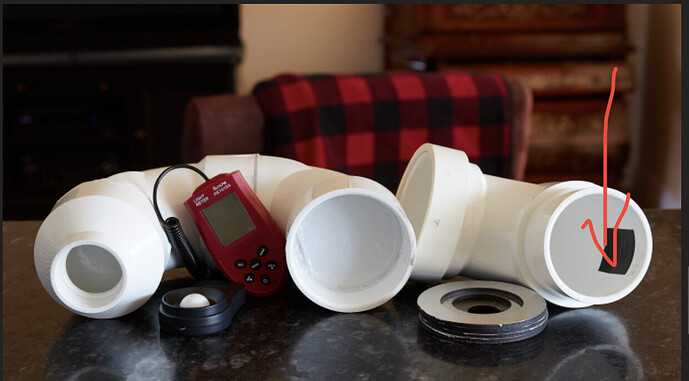I thought this same thing, which is why it took me so long to track down the issue.
I still can’t fully explain it but I know for 100% sure it is not the meter or any other aspect of the sphere except for the sphere itself.
I tried 3 separate meters on the sphere, they all read the same with a deviation as lumens increased.
I tried the same 3 meters on my PVC setup, they all read the same with no statistically significant deviation regardless of lumen output.
light leaking in is also not an issue as the sphere is contained inside a box plus the light in the room is nothing compared to a 5000+ lumen blast from a flashlight. Plus that would cause the readings to go up, not down.
The readings do deviate, the sphere itself is the only thing left that it could be as I have tested everything else in the PVC sphere. I still do not understand why or how it is happening, only that it is.

